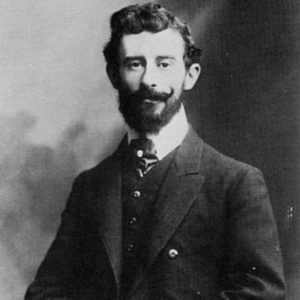 As a young French composer in his mid-twenties, Joseph Maurice Ravel joined with a number of other artists, musicians, poets, and assorted friends in Paris to form a group called “The Hooligans” ( Les Apaches in French, which makes you wonder about how a certain Native American tribe got its name). This was at the turn of the century—the 19th to 20th century, that is. Imagining the antics of twenty-something creative souls getting together makes the name they chose somehow appropriate. Claude Debussy and Igor Stravinsky were also members at one time or another.
As a young French composer in his mid-twenties, Joseph Maurice Ravel joined with a number of other artists, musicians, poets, and assorted friends in Paris to form a group called “The Hooligans” ( Les Apaches in French, which makes you wonder about how a certain Native American tribe got its name). This was at the turn of the century—the 19th to 20th century, that is. Imagining the antics of twenty-something creative souls getting together makes the name they chose somehow appropriate. Claude Debussy and Igor Stravinsky were also members at one time or another.
That hooligan spirit must have followed Ravel into his career when he composed his most famous and popular musical piece that he described as having “no form, properly speaking, no development, no or almost no modulation.” He said the music was inspired by the sounds of the machines in the factory his father worked in. His goal was to create a work of music that repeated over and over and over again, to see how long he could get away with it. The answer apparently was something in the neighborhood of fifteen to twenty minutes.
Continue reading The Hooligan and His Peculiar Masterpiece
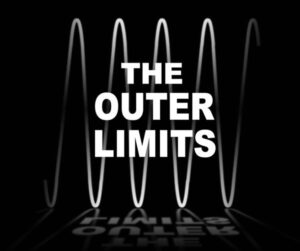 “There is nothing wrong with your television set. Do not attempt to adjust the picture. We are controlling transmission.”
“There is nothing wrong with your television set. Do not attempt to adjust the picture. We are controlling transmission.”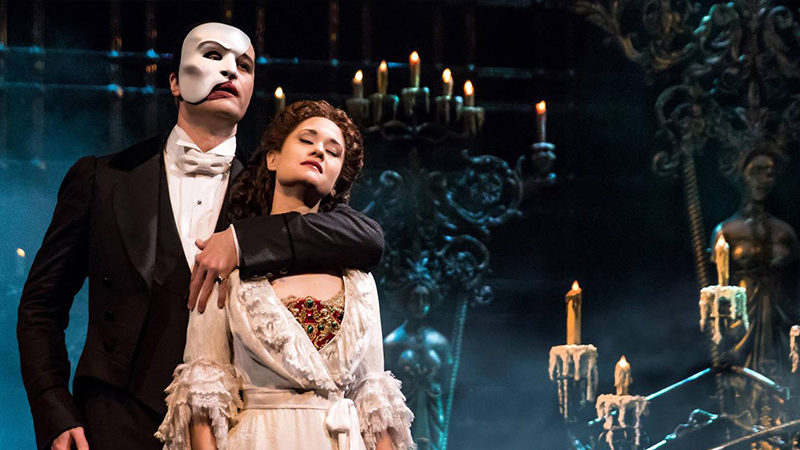
 I’m a bit of a grammar nazi. If you type “alot” instead of “a lot,” I despise you. If you type “prolly” instead of “probably,” I want to order up a short school bus for you to go to school in. And if you say “for John and I” instead of “for John and me,” I want to pull my hair out. After all, if you take out the “John,” would you say “for I” or “for me”?
I’m a bit of a grammar nazi. If you type “alot” instead of “a lot,” I despise you. If you type “prolly” instead of “probably,” I want to order up a short school bus for you to go to school in. And if you say “for John and I” instead of “for John and me,” I want to pull my hair out. After all, if you take out the “John,” would you say “for I” or “for me”? Everyone seems to be talking about how crappy 2019 was. I know I had some pretty unpleasant things happen to me. But surely some good things happened too.
Everyone seems to be talking about how crappy 2019 was. I know I had some pretty unpleasant things happen to me. But surely some good things happened too.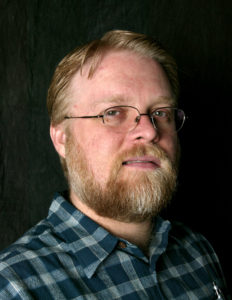 Looking at Christopher Bigelow today, a normally dressed, well-groomed, married Mormon man with matured children who lives in Provo, Utah, one of the most conservative, Mormony cities in conservative, Mormony Utah, and the home of Brigham Young University, you’d never guess what his origins are.
Looking at Christopher Bigelow today, a normally dressed, well-groomed, married Mormon man with matured children who lives in Provo, Utah, one of the most conservative, Mormony cities in conservative, Mormony Utah, and the home of Brigham Young University, you’d never guess what his origins are.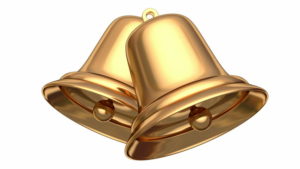 It’s the day after Thanksgiving, 2019, and that makes it okay for me to turn my sights to Christmas, because letting Christmas intrude on Thanksgiving is evil.
It’s the day after Thanksgiving, 2019, and that makes it okay for me to turn my sights to Christmas, because letting Christmas intrude on Thanksgiving is evil. As a young French composer in his mid-twenties, Joseph Maurice Ravel joined with a number of other artists, musicians, poets, and assorted friends in Paris to form a group called “The Hooligans” ( Les Apaches in French, which makes you wonder about how a certain Native American tribe got its name). This was at the turn of the century—the 19th to 20th century, that is. Imagining the antics of twenty-something creative souls getting together makes the name they chose somehow appropriate. Claude Debussy and Igor Stravinsky were also members at one time or another.
As a young French composer in his mid-twenties, Joseph Maurice Ravel joined with a number of other artists, musicians, poets, and assorted friends in Paris to form a group called “The Hooligans” ( Les Apaches in French, which makes you wonder about how a certain Native American tribe got its name). This was at the turn of the century—the 19th to 20th century, that is. Imagining the antics of twenty-something creative souls getting together makes the name they chose somehow appropriate. Claude Debussy and Igor Stravinsky were also members at one time or another. by Guest Blogger Doug Gibson
by Guest Blogger Doug Gibson Doug Gibson is a colleague of mine who has written published stories, is a retired editor of a city newspaper, and maintains his blog
Doug Gibson is a colleague of mine who has written published stories, is a retired editor of a city newspaper, and maintains his blog  In 1786, Prince Charles Edward Stuart fought the Battle of Culloden to make good his claim to the throne of England and Scotland. His backers were called Jacobites. He failed in that attempt and had to flee the British armies multiple times until he finally ended up fleeing on a boat to the Island of Skye.
In 1786, Prince Charles Edward Stuart fought the Battle of Culloden to make good his claim to the throne of England and Scotland. His backers were called Jacobites. He failed in that attempt and had to flee the British armies multiple times until he finally ended up fleeing on a boat to the Island of Skye.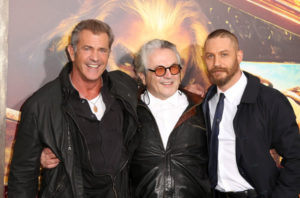 With George Miller’s announcement of three more Mad Max films on their way, I began to reminisce about the four films that have been released so far. Three of them star Mel Gibson as Max Rockatansky and one stars Tom Hardy as Max…sort of. In reality, there was very little of Mad Max in Mad Max: Fury Road, and Hardy as Max didn’t end up doing a whole lot, considering the movie is named after him.
With George Miller’s announcement of three more Mad Max films on their way, I began to reminisce about the four films that have been released so far. Three of them star Mel Gibson as Max Rockatansky and one stars Tom Hardy as Max…sort of. In reality, there was very little of Mad Max in Mad Max: Fury Road, and Hardy as Max didn’t end up doing a whole lot, considering the movie is named after him.